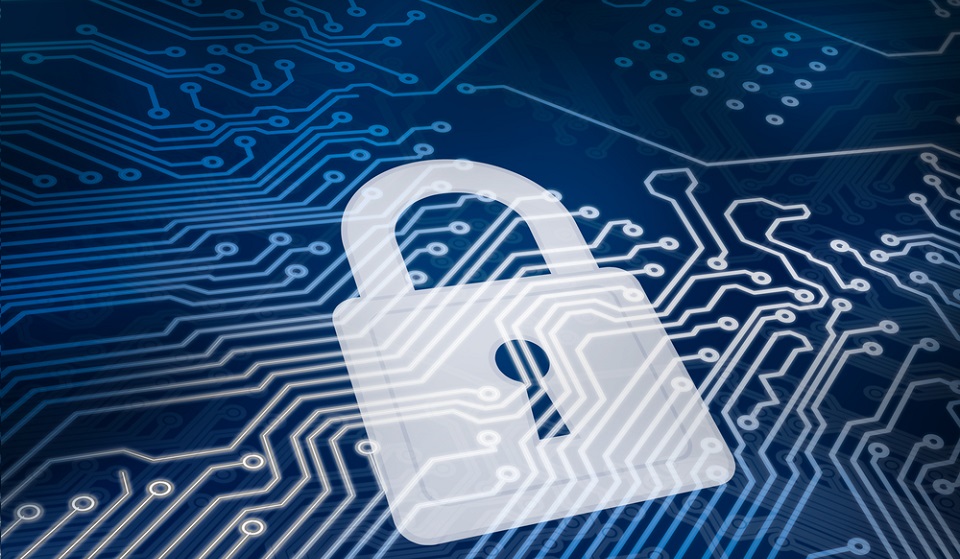Protecting national security is paramount for any government agency, and the first step is securing all public-sector information. If any such data were to get into the wrong hands, both national security and public trust would be at stake as the government lets down the very citizens that it is designed to serve. This is why protecting sensitive and personally identifiable information (PII) is critical for any government.
From health and work and pensions to education and the treasury, the various government departments are libraries of sensitive data. The information stored is continuously being analysed to help departments make informed decisions when discussing policies and improving public services. However, data sharing between departments can be viewed as archaic, with each department in control of their own siloed databases. The sharing of data can lead to a lengthy bureaucratic process swamped with data protection and privacy concerns between all those involved; and rightly so. Government bodies should be expected to set the bar when it comes to demonstrating appropriate data privacy and protection standards.
Obviously, the biggest threat is sensitive data being wrongly exposed or abused. We have seen this happen time and again as both public and private organisations suffer the devastating consequences of data loss. However, this does not mean governmental departments should limit or refuse to share data if it can be done in a secure manner. Fortunately, there is a solution that renders data meaningless to outsiders, while still providing analytical insight for privileged users.
How Can Data Tokenization Help?
Out of all the data security solutions on the market, the best way to protect sensitive data and enable analytics is through tokenization. This is done by substituting a sensitive data element (e.g. a name, addresses, D.O.B) with a non-sensitive equivalent (known as a token). By tokenizing critical data, those that wish to carry out data analytics are able to extract insights without the risk of exposing personal, confidential data.
This eliminates one of the prime issues with classic security solutions which is unable to fully protect sensitive data throughout its entire lifecycle. Should a third-party stumble across this tokenized information, it will be worthless as any identifiable information would be masked.
An example of a government taking action would be Singapore’s, which suffered a spate of high profiled breaches involving sensitive information. It since created a Public Sector Data Security Review Committee which outlined a new 13 measure security framework that will incorporate data tokenization whereby “users are only given access to data they require and in the least identifying form possible for their purposes”.
With tokenization, governmental departments and public officials can begin to share tokenized data and combine this with publicly available information to retrieve the necessary insights they require while being assured that the privacy and security of PII is being kept.






